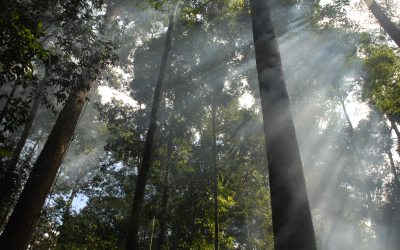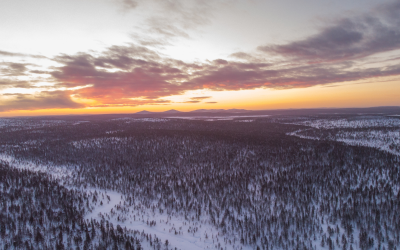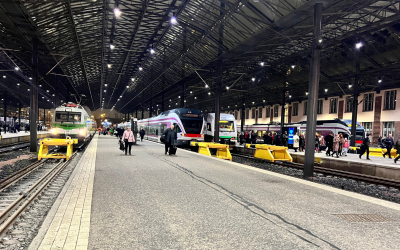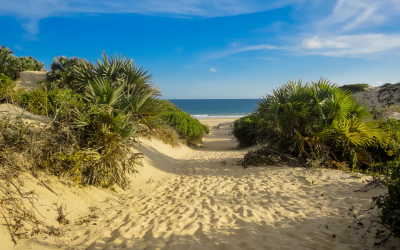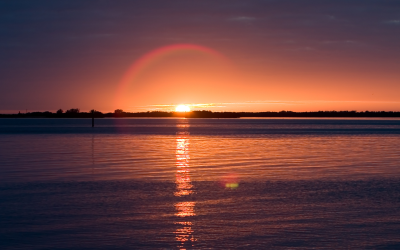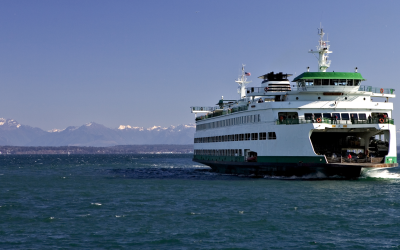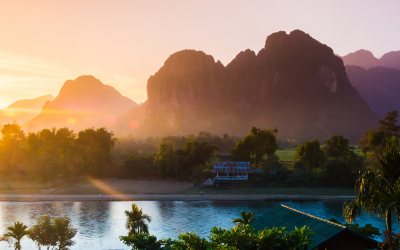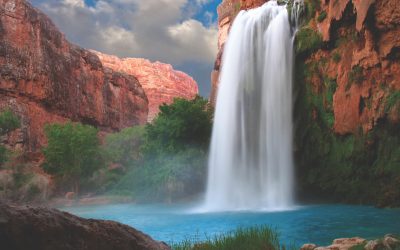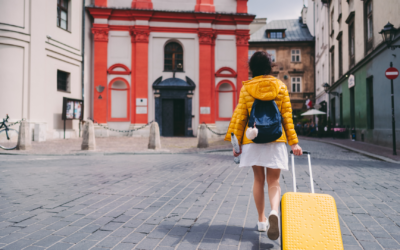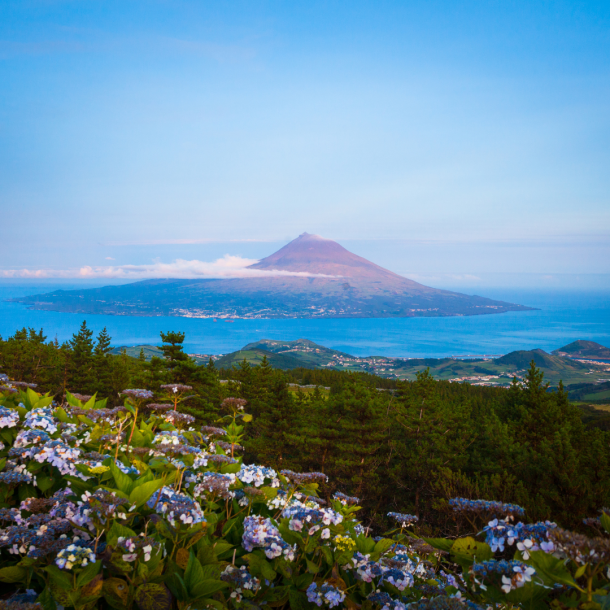For centuries, the Sami People have thrived amidst the rugged landscapes of northern Europe in a region called Sápmi, which includes parts of Norway, Sweden, Finland, and Russia. Like many Indigenous communities worldwide, maintaining their unique traditions, languages, and way of life has been challenging amidst threats of encroachment and climate change. However, the resilience of the Sami people combined with increased education and preservation efforts can ensure the continuation of Sami heritage for generations to come.

A Sami family reindeer farm

Sami garments combine function & spiritual connection to nature
History of the Sami People
The history of the Sami people dates back thousands of years, with archaeological evidence suggesting their presence in the northern Scandinavia as far back as 7,000 BCE. Traditionally, they were semi-nomadic reindeer herders, expertly navigating the Arctic terrain and developing a profound connection with the natural world around them. Their cultural identity is derived from animism, a belief system that supports the spiritual essence of all living and non-living things.
Sami Culture & Traditions
Despite the passage of time and changing societal dynamics, the Sami have steadfastly held onto their cultural practices and traditions. One of the most notable aspects of their heritage is the joik, a unique form of traditional singing that reflects personal experiences, emotions, and the natural environment. This melodic expression serves not only as a means of storytelling but also as a way to connect with their ancestors and preserve their oral history.
Additionally, the art of duodji, or traditional Sami handicrafts, continues to thrive among contemporary Sami communities. From intricately designed clothing adorned with colorful patterns to handcrafted jewelry and tools, each piece reflects a deep understanding of the natural materials and a profound respect for the environment. Furthermore, the traditional colors used in Sami garments represent elements of nature: red for fire, green for earth, blue for water, and yellow for the sun.
The traditional Sami home, or goahti, was a primitive structure made of timber, turf, or fabric. Small and simple, the structures provided effective protection from the elements. Today, similar structures can be found across Lapland and northern Scandinavia where passers-through enjoying the right to roam can take shelter. Etiquette dictates that one should always leave some fresh kindling before departure so the next occupant can quickly make a fire.

A Sami goahti dwelling, courtesy of Finland’s Arktikum Museum

A Sami cultural exhhibit, courtesy of Finland’s Arktikum Museum

A modern Sami home
Challenges & Threats to Indigenous Tribes of Europe
Despite their resilience and cultural pride, the Sami people face numerous challenges that threaten their way of life and cultural preservation. One of the most pressing issues is the impact of climate change on their traditional livelihoods, particularly reindeer herding. Rapid environmental changes, such as melting ice and unpredictable weather patterns, have made it increasingly difficult for Sami herders to sustain their traditional practices.
Furthermore, the encroachment of modern development projects, such as mining and logging, poses a significant threat to Sami lands and ecosystems. These projects not only disrupt the natural balance but also encroach upon sacred Sami territories, further eroding their cultural heritage and connection to the land.
The Sami People of Today
Today, many Sami people continue livelihoods herding reindeer in Lapland and the Arctic region. They typically now live in permanent housing, and only venture out temporarily when tending their herds. They’ve also adopted the use of snowmobiles when herding reindeer. The Sami also more commonly participate in industries like farming, fishing, government, and other various trades.
Many Nordic areas with a prevelance of Sami communities are also experiencing a revival in Sami language. Over time, forced assimilation of the Sami people led to massive losses in the traditional dialect. Today the language is more consciously integrated at national and regional levels through education and cultural development.
Over the years, many Sami were converted to Christianity, specifically Russian Orthodox and Lutheran denominations. Christian and Indigenous traditions are interwoven in the daily lives of today’s Sami people. Baptisms and confirmations are highly regarded rites of passage, while shamans remain important pillars of the Sami community.
The Sami are also represented by the Sami Parliament, which has separate delegations in Norway, Sweden, and Finland. Organizations such as the Sami Parliament and various cultural associations actively work to protect Sami rights, promote cultural revitalization efforts, and advocate for sustainable environmental practices. Museums such as the Siida Sami Museum & Nature Center in Inari, Finland, engage local communities and visitors by providing interactive educational & cultural experiences.
The Sami people’s history, ongoing cultural influences, and the challenges they face underscore the importance of Indigenous cultural preservation in our global society. For Indigenous tribes of Europe like the Sami, awareness, education, and engagement are paramount in understanding, respecting, and uplifting their rich cultural heritage for centuries to come.


